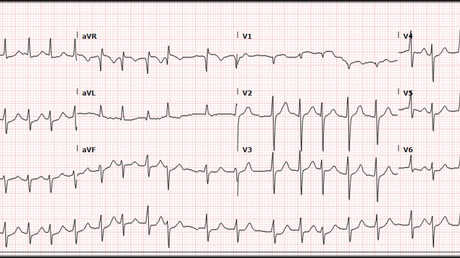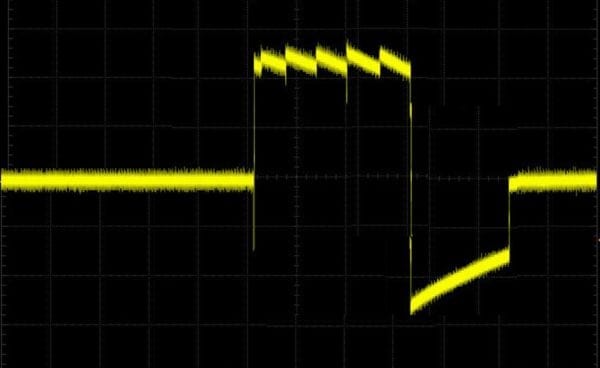

Cluster Randomized Control Trials-There is a difference between individual RCTs and cluster randomized trials.It is unclear what would have biased the primary outcome of survival to hospital discharge. The patients and outcome assessors were unaware of group allocation while the treating paramedics were aware of the assigned defibrillation strategy. Blinding-This was a double blinded study.Secondary Outcomes: DSED but not VC defibrillation was associated with a higher percentage of patients having a good neurologic outcome than standard defibrillation (relative risk 2.21 and 1.48 respectively).DSED 30.4 percent versus standard 13.3 percent relative risk 2.21 (95 percent CI, 1.33 to 3.67).

Vector Change vs standard group 21.7 percent versus 13.3 percent relative risk 1.71 (95 percent CI, 1.01 to 2.88).Key Result: Survival was greater in those patients who had vector change or double sequence defibrillation compared to standard treatment. The mean age was 64 years, over 84 percent were male, 68 percent were witnessed arrests, 58 percent had bystander CPR performed, and median response time was eight minutes. Results: They enrolled 405 patients into the study. Secondary Outcomes: Termination of ventricular fibrillation, return of spontaneous circulation (ROSC), good Neurologic outcome (modified Rankin scale score less than three)Īuthors’ Conclusions: “Among patients with refractory ventricular fibrillation, survival to hospital discharge occurred more frequently among those who received DSED defibrillation or VC defibrillation then among those who received standard defibrillation.”.Primary Outcome: Survival to hospital discharge.



 0 kommentar(er)
0 kommentar(er)
